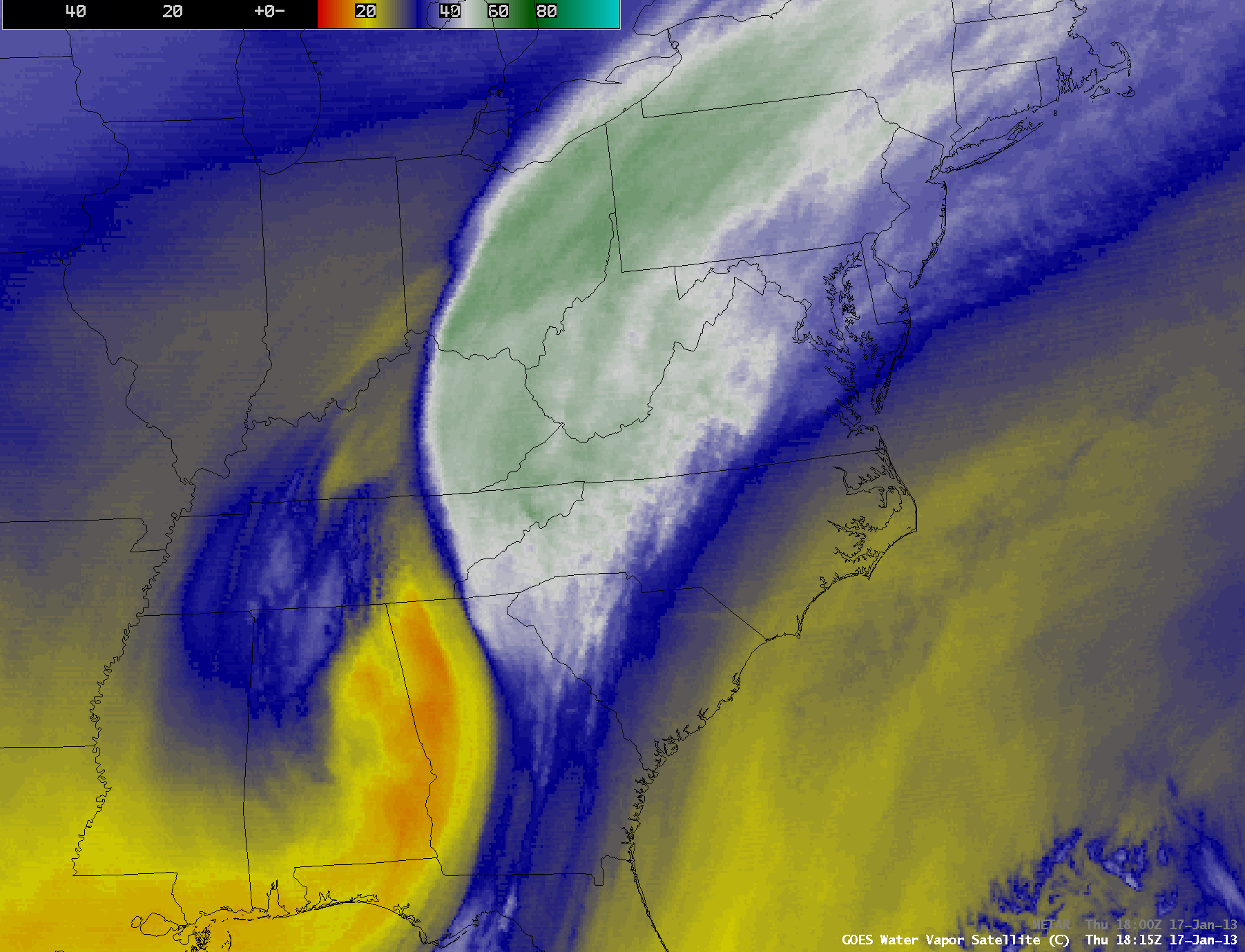
[ Archive ]

 |
ASPB and CIMSS Weekly Report
[ Archive ] |
 |
IN THE PRESS:
ITEMS FOR THE ADMINISTRATOR:
ITEMS FOR THE ASSISTANT ADMINISTRATOR:
ITEMS FOR THE OFFICE DIRECTOR, STAR:
Manuscript on Transported Background Pollutants Published: A
manuscript entitled “Impacts of transported background pollutants on
summertime western US air quality: model evaluation, sensitivity
analysis and data assimilation” was published in Atmospheric Chemistry
and Physics (Huang, M., Carmichael, G. R., Chai, T., Pierce, R. B.,
Oltmans, S. J., Jaffe, D. A., Bowman, K. W., Kaduwela, A., Cai, C.,
Spak, S. N., Weinheimer, A. J., Huey, L. G., and Diskin, G. S.: Atmos.
Chem. Phys., 13, 359-391, doi:10.5194/acp-13-359-2013, 2013). The
manuscript describes the use of a multi-scale assimilation system that
combines global analyses from the Real-time Air Quality Modeling System
(RAQMS) with regional analyses from the Sulfur Transport and dEposition
Modeling (STEM) system to explore the impacts of transported background
(TBG) pollutants on western US ozone (O3) distributions in summer 2008.
The study demonstrates the importance of air masses over the eastern
Pacific being transported inland and entrained into the planetary
boundary layer to impact surface O3. The study also shows that
assimilation of satellite ozone retrievals in both global (used as
regional model boundary conditions) and regional models is useful for
improving the model estimated TBG contributions and total O3
concentrations. (R.B. Pierce, E/RA2, 608-890-1892, brad.pierce@noaa.gov)
Meeting with USGS on Collaboration with Global Cryosphere Watch: Jeff Key visited the the U.S. Geological Survey (USGS) Center for Integrated Data Analytics (CIDA; http://cida.usgs.gov) in response to CIDA's request to collaborate with the World Meteorological Organization's (WMO) Global Cryosphere Watch (GCW) on data standards and management. CIDA, located in Middleton, WI, is involved in the development of the U.S. Antarctic Resource Center (USARC). CIDA is interested in better integrating USGS-managed Antarctic observation data with the international scientific community. The starting point for CIDA-GCW collaboration is metadata interoperability. (J. Key, E/RA2, 608-263-2605, jkey@ssec.wisc.edu)
ITEMS FOR THE DIVISION CHIEF, CoRP:
CIMSS Activities at Annual American Meteorological Society Meeting: The Annual Meeting of the American Meteorological Society (AMS) was held in Austin, Texas from 6-11 January 2013. The Cooperative Institute for Meteorological Satellite Studies (CIMSS) at the University of Wisconsin-Madison had strong participation at the meeting. Sixteen (16) oral presentations were made by CIMSS scientists, including three by students. Twenty six (26) poster presentations were made, including six by students. The majority of these presentations involve collaboration with NOAA scientists, including the NOAA/NESDIS/STAR/ASPB team stationed in Madison. (T. Achtor, CIMSS, 608-263-4206; S. Ackerman, CIMSS, 608-263-3647; W. Feltz, CIMSS, 608-265-6283) (Click image to enlarge)
(Click image to enlarge)VISITORS:
NEXT WEEK:
LOOKING AHEAD:
| Archived Weeklies Page | Submit a report item |